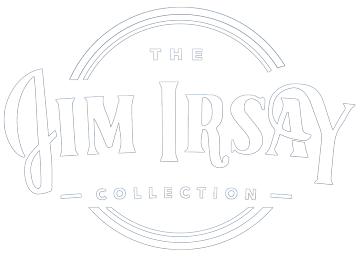John Hancock Handwritten Thank You Note to Anthony Wayne
Letter: 4 x 6 5/16 in. (10.2 x 16.1 cm)
Following the closure of the Port of Boston in 1774, communities throughout New England and well beyond contributed food, supplies and cash to support those impacted by the worst of the "Coercive Acts." Even Chester County, Pennsylvania offered its support. In August 1774, as chairman of the Chester County Committee of Safety, Anthony Wayne endorsed a resolution by a group of "Subscribers for Relief of the Poor of Boston, Chester County." (However it yet to be determined whether the donation acknowledged by Hancock in the present document was as a result of this, or possibly a subsequent resolution. See David Paul Nelson, "Anthony Wayne as a Soldier," The Pennsylvania Magazine of History and Biography, Vol. 106, No. 4 (Oct., 1982), fn 4.) But even if this payment arrived more than a year late, it would still have had some impact considering how many were displaced by the ongoing Siege of Boston.
John Hancock (1737-1793) was an American Founding Father who served as a principal figure in the American Revolution. Hancock came from a wealthy mercantile family and became a leading political figure in Boston as colonial tensions with Great Britain began to rise. He was elected to the Massachusetts House of Representatives in 1766 and became a popular figure in his response to the Boston Tea Party (in which he did not participate).
As the American Revolutionary War began, Hancock was elected as a delegate to the Second Continental Congress in 1774 while he continued to serve as the President of the Massachusetts Provincial Congress. He Was elected the President of the Continental Congress on May 24, 1775. Hancock was serving in this capacity when he signed the Declaration of Independence. Hancock later served as the president of the Congress of the Confederation, as the United States operated under the Articles of Confederation.
Hancock returned to Massachusetts, and after ratifying their state constitution, Hancock served as the first and third governor of the newly-formed state. Hancock was in his second term as governor when he died on October 8, 1793.























